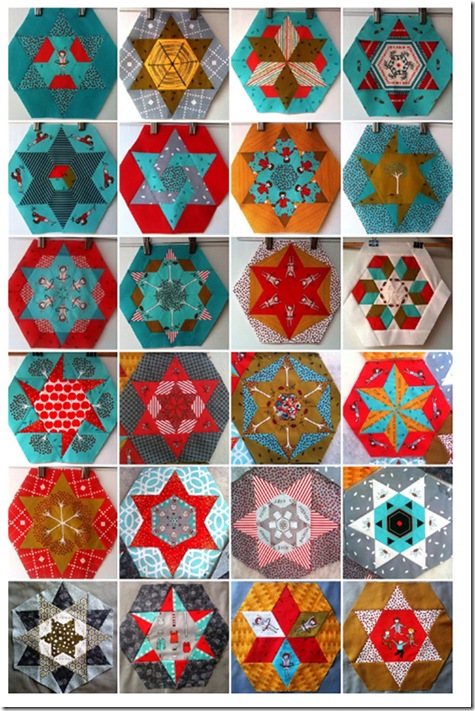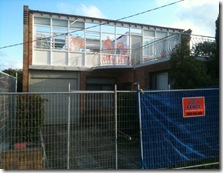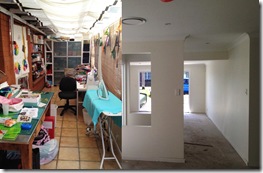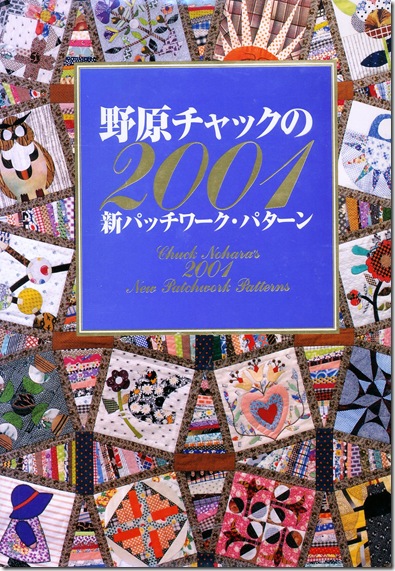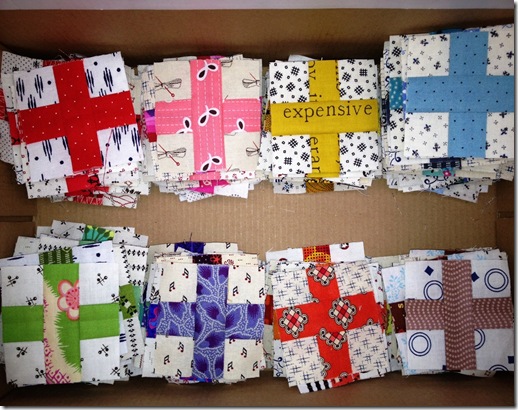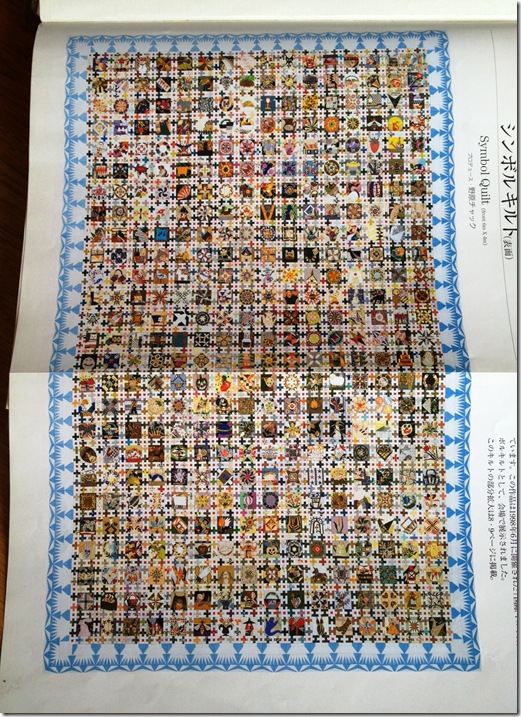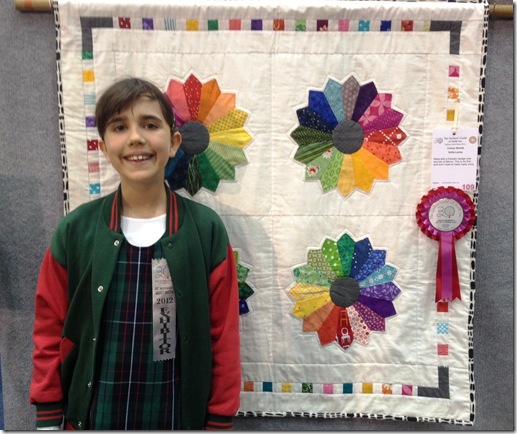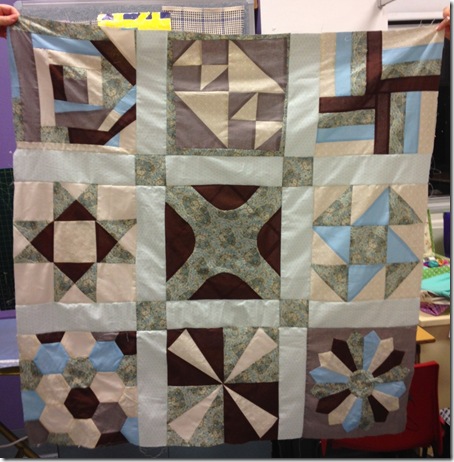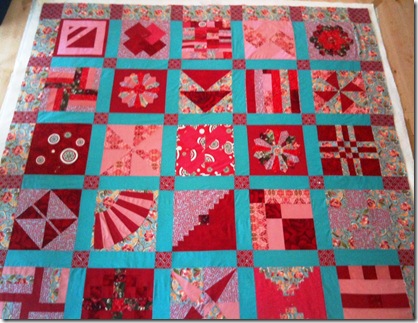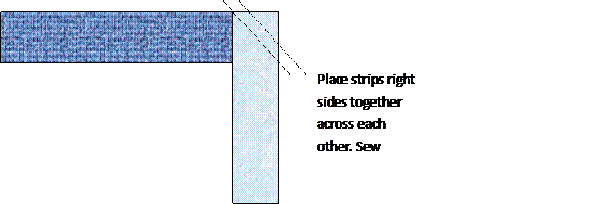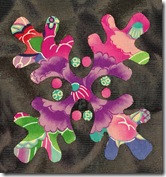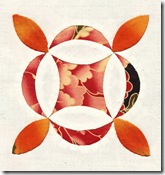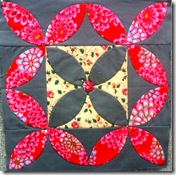Here we are approaching Week 8 of our Patchwork and Quilting Course. By now you have determined the size of your finished quilt and need to know how much fabric you’ll need for the backing, sashing, corner stones and border.
You have various options for making some more quick blocks to make your quilt bigger. You can mix in some simple four patch or star blocks or even a plain block.
Sashings and borders can always be made wider too! Make sure to adjust your measurements before you cut your backing when you do this.
I’ve mocked up some sample quilts with the cutting instructions for these previously.
Baby (Cot) Quilt
Using six 12” blocks for a finished size of 37 1/2” x 52”
Square Lap Quilt
Using sixteen 12” blocks for a finished size of 67” x 67”
On Point Lap Quilt (9 pieced blocks)
Using nine 12” blocks for a finished size of 66” (just noticed there’s a mistake on that diagram. It says you need 12 pieced blocks. Please ignore this!)
Here is a new diagram for the Twin (Single) Size that some of you were interested in.This is a generous width but making it with only three 12” blocks across looks odd!

Twin Size Quilt
Finished Quilt measures
62” x 76”
20 x 12” blocks
Cutting chart
Sashing strips (red strips)
Cut 31 12.5” x 2 ½”
Cornerstones (yellow squares)
Cut 12 2 ½” x 2 ½” squares
Border Strips (blue strips)
Cut 2 4 ½” x” 68 ½”
Cut 2 4 ½” x 54 ½”
Border Corner Blocks (green squares)
Cut 4 4 ½” x 4 ½”
Backing fabric
3.4 m x 110 cm width fabric.
Choose a fabric with a busy pattern, nothing too light or it will get dirty and need lots of washing!
If you select a fabric with a directional print or large pattern you may need to purchase extra to allow you to match the pattern. Alternatively insert a pieced strip between your backing fabrics to break it up.
To piece your backing fabric: Cut length in half, cut away the selvedge and sew pieces together horizontally like this

(Allows some extra on width and length for slippage and shrinkage)
** Always measure your own finished quilt before cutting the backing!
Binding
1/2 m cut into 7 x 2 ½” strips, sewn together end to end to fit the perimeter of your quilt + 6” extra
Batting
You will need batting (also called wadding) 4” longer and wider than your finished quilt.
Batting is available in a range of materials: Wool, cotton, polyester, bamboo and in different combinations. Steer clear of battings that are very thick for your first quilts as they are difficult to machine quilt. I recommend 100% cotton or wool 80%/ poly 20%. The wool/ poly batting is lighter, softer and warmer. The cotton needs to be quilted closer together and can shrink a bit. That’s not always a negative, it can give your quilt a lovely crinkly look too.
Other quilting supplies needed:
Sewing machine with a walking foot or alternatively quilting thread, needle and a thimble.

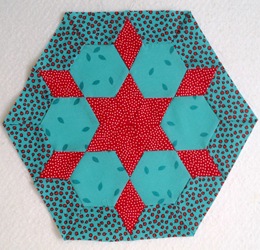
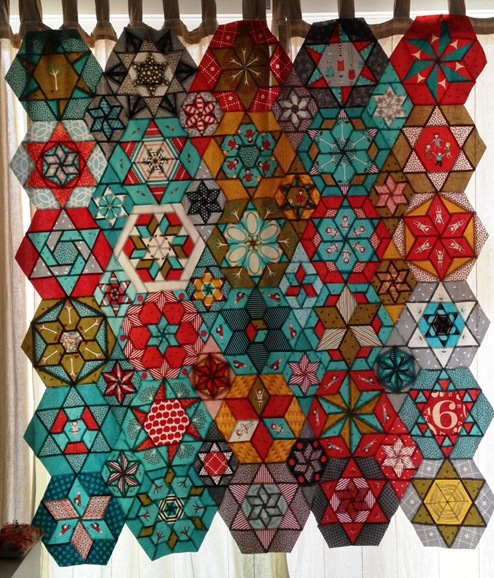
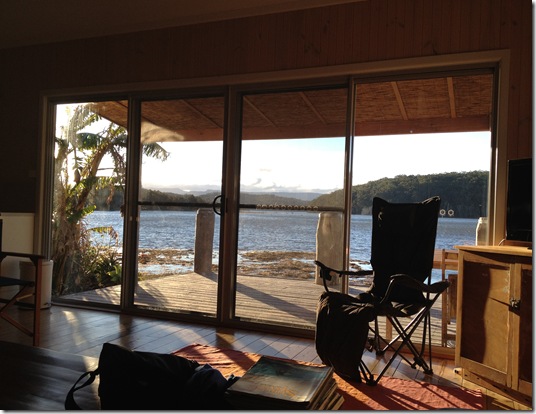
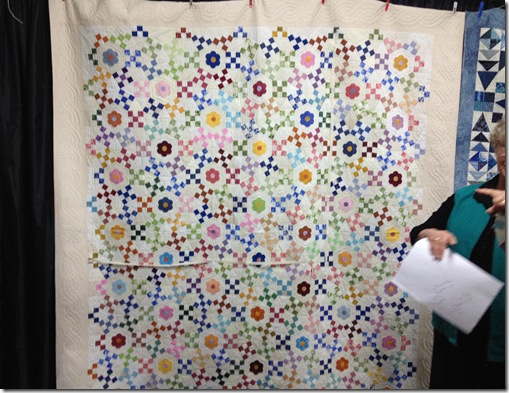


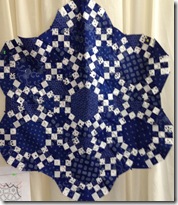



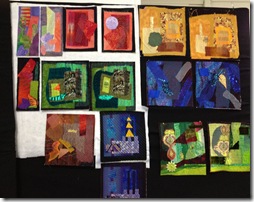

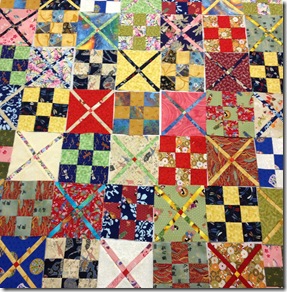
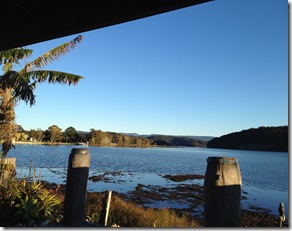
![7689808822_2074cb0e3a_q[1] 7689808822_2074cb0e3a_q[1]](http://lh5.ggpht.com/-MZ98mp5ooCg/UDHmlIJzQuI/AAAAAAAABUE/qJbfa7xdhIA/7689808822_2074cb0e3a_q%25255B1%25255D_thumb%25255B2%25255D.jpg?imgmax=800)
